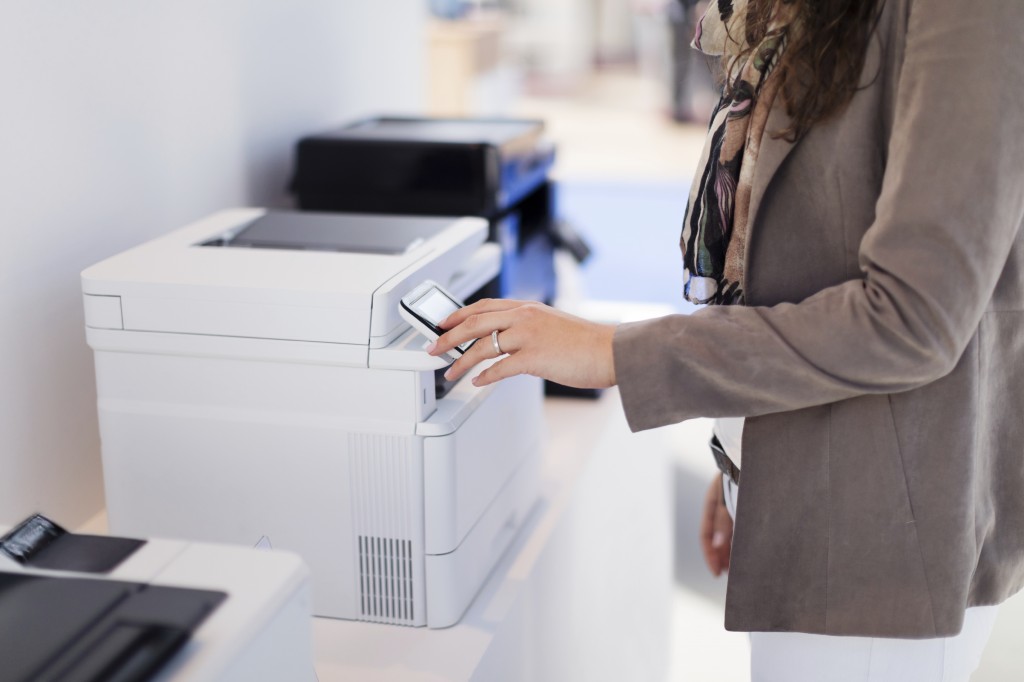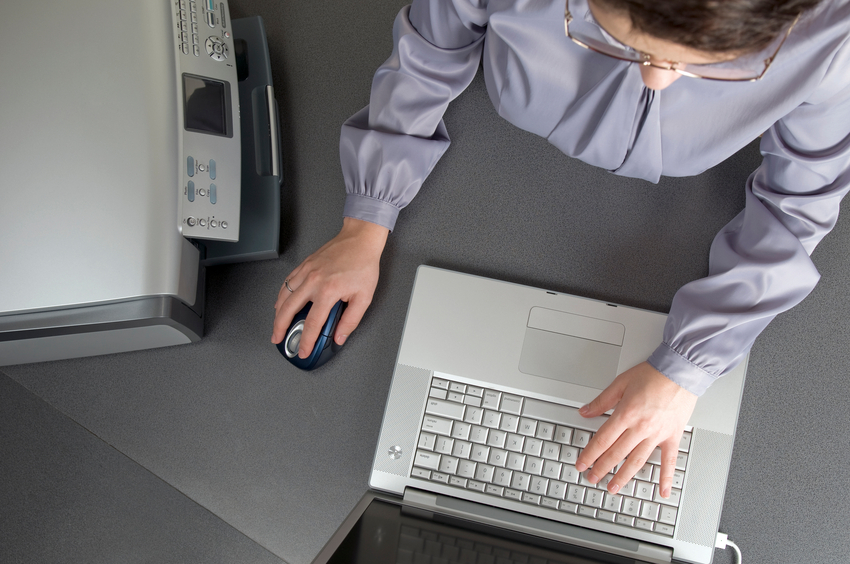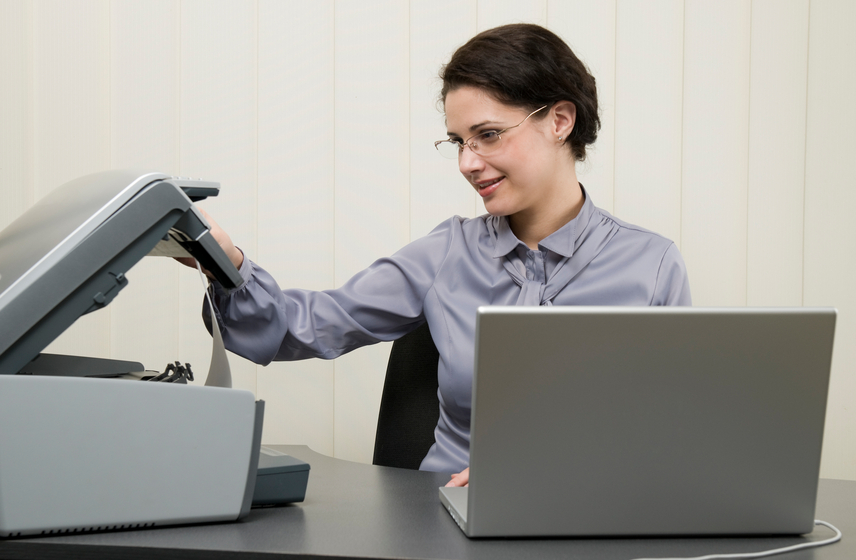How To Connect Your Printer To a Computer

Last Updated on June 16, 2020 by Christian Ralph
When it comes to installing a new printer, the process isn’t always as simple as it may seem. Depending on what kind of connection you want, there’s going to be a distinct method on how to get it working.
A good place to start with any new printer is to consult the printer’s manual. Reading the official source will help you to familiarise yourself with the device, which could save you a lot of time if there’s any steps specific to your model.
Manual Connection
Your first priority should be to conduct some research into what drivers you need to install. Different brands will use their own drivers, which are available on the manufacturer’s website.
It’s also worth checking if there are specific drivers required for particular operating systems. If your computer is set up with Windows, check to see if there are separate drivers for Windows 7, 8, or 10. You should then download the one that applies to you.
For example, if you’re working with an OKI C301dn laser printer, you will have to download the drivers specific to this model, which can be found here. From this page, you will have the option to select your operating system as well as your language.

Your next step will be to connect your printer and computer together by using your USB cable. Once you have done this, power on both devices and go to your desktop.
After installing the drivers, you should open up your control panel to see if your printer has been detected by your computer.
If your printer isn’t listed in the control panel, you may need to update the drivers you have installed. Return to the manufacturer’s website to find the most recent drivers for your printer. Check your control panel again to see if your computer is now detecting your printer.
You should then be able to see your printer’s model listed in the ‘printers’ tab of the Control Panel. If you are prompted to ‘Add Printer’, check to see if your model is available and then proceed.
A window should open up telling you that your printer is now connected, along with the option to ‘Print a Test Page’. This is the best way to troubleshoot your printer’s connection and to determine whether there are any issues with your machine.
After your test print, you will be set up to print with a manual connection.
Wireless Connection
If your business owns a wireless printer, installation can be slightly trickier. Start by ensuring your printer is in range of your wireless router and that it is powered on.
Depending on your printer model, you can connect to the wireless network in different ways. Some models will allow you to connect to the network using the printer’s built-in menu system. You can review your manufacturer guide to see if your model allows this.
Another connection option is via the WPS push-to-connect button, which should be located both on your printer and your router. Simply push the WPS button on your printer, then the same button on your router within two minutes, and your connection should be made automatically.
Some older wireless models require you to connect to your computer first, so you’ll need to connect your printer to your computer via USB and use the software included with your printer model to connect to the wireless network.
Once your printer is linked with your wireless network, you can add it to your computer and begin to print. You can do this the same way you connect manually, by opening the control panel, viewing devices and printers, adding a printer, then installing/updating any drivers that your model needs.

As with a manual connection, you will need to print a test page. If the test print is successful, you should have the option to select this printer as your default. Decide if this is what you want to do, and then you will have finished establishing a wireless connection!
Followed these steps and still having problems? Take a look at our article on the most common printer installation issues and see if our advice can help get your printer up and running.
If you would like any further help getting your printer connected, you are always welcome to contact a member of our expert team. We will be more than happy to give you any advice you need to get your printer connected and ready for use.


Leave a Reply